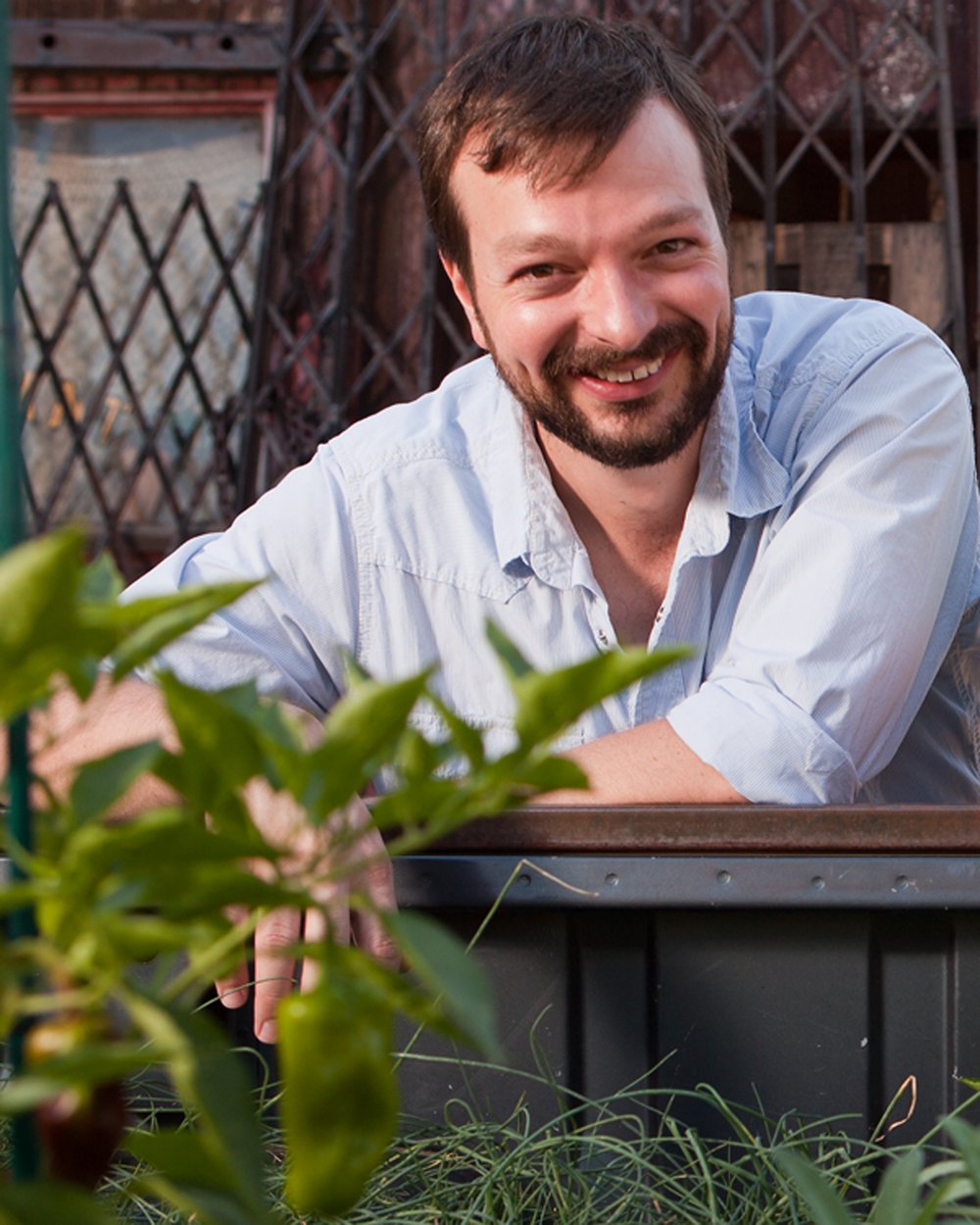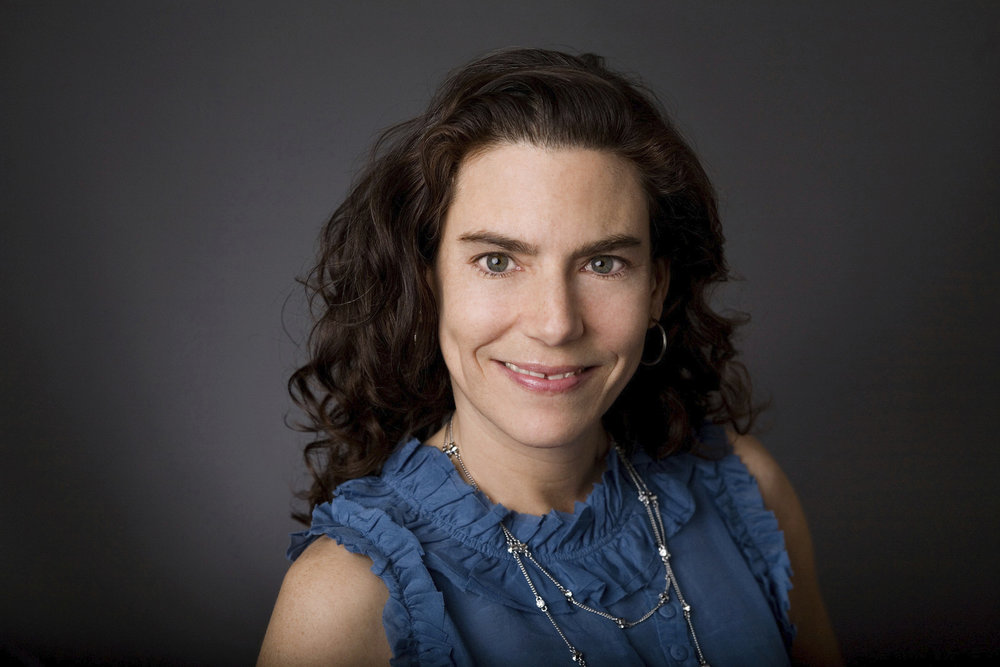"Well Nourished and Ready to Learn." A Service Program in Schools Gains Steam
/
With Congress stalled on reauthorizing the Child Nutrition Act, the bill that funds our nation's school meal programs and sets nutrition guidelines, now seemed like a good time to learn about a major philanthropic initiative to improve school food. FoodCorps caught our attention because of its quick growth trajectory and critical focus: ensuring that every child has the fundamental building block of healthy food in their lives.
"The research is quite clear that kids who suffer from hunger and diet-related disease don't fulfill their potential—they achieve less in school, attain less education, are out sick more at work, progress less in their careers, and raise families where their kids at are elevated risk of similar health problems," said Curt Ellis, CEO of FoodCorps. "The government's own analysis is that by 2030, when the current obesity generation is grown up, we will have a $1 trillion dollar annual economic cost from diet-related disease—$500 billion in the form of increased medical costs and $500 billion in lost productivity."
At the same time, school communities across the country are paying attention to food like never before, and political leadership from the White House to many states is focused on combating the obesity epidemic. "There's so much momentum to make progress right now, and so much good will, and nobody hates what we do," said Ellis. FoodCorps now has 205 corps members serving over 500 schools across 18 states. The "nobody hates what we do" comment is important to note. With public schools facing so much tumult and intervention, from the controversial Common Core to pushback against programs like Teach For America, FoodCorps appears to have found a pocket of common ground where systems progress can be made.

"Our focus is ensuring that vulnerable kids show up at their desks well-nourished and ready to learn," said Ellis. "If we don't do that work, all the other valiant efforts that others are making to close the opportunity gap and close the achievement gap for kids, will be for naught."
FoodCorps service members dedicate a year of public service to creating healthy school food environments in one to three high-need public schools. A FoodCorps service member is attached to a public school for an average of 5 years, with the goal of developing a sustainable transformation of the school's food environment. "Our work spans the classroom with hands-on nutrition education, the school yard where kids get a chance to learn how to grow healthy food, and the cafeteria where we partner with food service teams to do kid-led taste-tests and recipe development," said Ellis.
A broad array of funders is climbing onboard to help FoodCorps advance its mission. Recent contributors include Ali Partovi, co-founder of Code.org and Dan Rose, vice president of Partnerships at Facebook. Corporate funders like Annie’s ($200,000), The Honest Company ($150,000), and Chipotle Cultivation Foundation ($500,000) are also investing in FoodCorps. One of FoodCorps’ largest donors is the Walmart Foundation, which has given FoodCorps over $2 million dollars to fund stipends, evaluation work, and high-quality food supplies for their cooking lessons.
"Food is the dominant way that we as human beings tend the planet, and it has massive ramifications for human health and justice as well," said Kat Taylor, head of Beneficial State Bank and co-founder of the TomKat Charitable Foundation, one of FoodCorps' early supporters. I spoke with Taylor to get a sense of how FoodCorps' strategy aligns with the foundation's mission.
"It's critical that we understand the relationships between our financial practices, our energy usage, and how we grow and consume food. It's all very interdependent, and we seek to influence massive systems," said Taylor. Started in 2009 with funding from Tom Steyer and Kat Taylor, the foundation has three aims: good food, good energy, and good money.

To gain unique insights on how to influence these three massive systems, the Beneficial State Foundation started the Beneficial State Bank in 2007, which Taylor leads as Co-CEO. Beneficial State Bank has a mandate to provide social justice and environmental benefits to the community, while also being financially sustainable. The Beneficial State Foundation owns the bank, and profits of the bank can only be distributed to the foundation, which must reinvest back into the community.
The foundation also started a ranch, The TomKat Ranch Educational Foundation, which serves as a learning laboratory for animal agriculture that takes into account climate stability, food quality, and biodiversity. "We use the ranch to get insights about the food system, from supply chain constraints to political constituency-building to data collection and analytics from consortia, and we use that as a discipline to keep ourselves focused on what it means to engage in conservation and production and social justice."
With $151 million in assets as of year-end 2013, the TomKat Charitable Foundation has quickly become a significant player in the philanthropic field. Most of the more than $35 million distributed in grants from TomKat in 2013 went to economic and community development (over $13 million), with environmental giving coming in second ($5.9 million) and public affairs coming in third ($1.8 million).
Taylor described how having the ranch led them quickly to a "big buyer strategy" to carry out their mission for good food. "It starts with large demand triggers, and among those large demand triggers are school systems."
With another program called California Food for California Kids, Taylor described how she and others have been working to broaden the base of constituents invested in healthy food. "We're bringing in all the economic actors—the food suppliers, the school districts, so we can systemically effect a sustainable production model."
In a similar way, Taylor sees FoodCorps doing that constituency-building on many levels. "FoodCorps in our view has done the best job of recruiting young people who are very effective mentors and educators who are from the background of students in whatever location FoodCorps is operating," said Taylor.
FoodCorps also maintains an alumni network, and data shows that the service members fare well in the job market after their service, with 1 in 5 FoodCorps alumni being hired by their school or service site after service, and 69 percent of alumni saying FoodCorps helped them get a job.
Another way FoodCorps is building the movement for healthier school food is through the network of partner organizations who supervise its members. These organizations, like the Kohala Center in Hawaii or the Food Project in Massachusetts, become closely aligned together around a common framework for how to do school food transformation right. "Combining the network of FoodCorps alumni and the network of partners, we can advocate for systems level change across the 100,000 schools in the country," said Ellis.

FoodCorps has gone from a budget of about $200,000 its first year to a current budget of $10.8 million, and it anticipates continued rapid growth. Twenty percent of its funding comes from AmeriCorps, but the rest is raised from foundations and donors. One of its key funders is the New Profit Innovation Fund, which awarded FoodCorps a $1 million dollar grant over four years. Eliza Greenberg, Managing Partner of the New Profit Innovation Fund, shared with us about her organization's motivation for supporting FoodCorps.
The idea for New Profit came to founder Vanessa Kirsch in 1995 when she was traveling in Vietnam. Kirsch observed that while one village had discovered adding small shrimp to children's diets resulting in improved health, other villages along the same river lacked knowledge of this simple and inexpensive way to improve child health. At the same time, each village had Coca-Cola vending machines and advertisements. In an a-ha moment, Kirsch began to explore the question of what keeps social innovations from being replicated, while other cultural products, like Coca-Cola, achieve vast growth. Ultimately, this led Kirsch on a quest to find ways to scale effective initiatives in the nonprofit world.
"When we typically invest initially, people don't generally have a big systems approach at first, so part of our work is to help organizations think about how to get into systems and broader adoption," said Greenberg. FoodCorps appealed to New Profit because of its "hugely ambitious" goals and its model for real community impact.
As part of the four-year funding commitment from New Profit, Eliza Greenberg also joined the Board of FoodCorps, so that the Fund can be involved in the organization's development. "They have tightened up their model over the past couple of years to focus on low-income schools, and to develop stronger sustainability," said Greenberg. "At the same time, FoodCorps sees its role as making connections with all of the different resources in the community. It's about setting up a sustainable environment in the school that is going to last beyond FoodCorps or any one organization."

Both Eliza Greenberg and Kat Taylor observed that the younger generation is particularly focused on food issues and how they relate to social equity, and FoodCorps is coming along at a great time to capture that interest. Greenberg sees it in the young FoodCorps service members, and Taylor sees it in the new generation of impact investors, some of whom the foundation will be bringing together in the spring with Arabella Investors, and all of whom have a strong focus on food.
"It speaks to how food work is proliferating and taking on different manifestations," said Taylor. One of Taylor's favorite investments is in Locol, which was founded by two food chefs with the idea of providing high quality fast food in low-resource communities. The first restaurant has opened in Watts, and two more are planned for other Oakland neighborhoods, all providing both good food, and careers that are "all high road, with living wage compensation and career pathway development."
These and other developments are contributing to a growing movement in the U.S. to make healthy food a priority, and fight childhood obesity and its devastating long-term health implications. Curt Ellis and FoodCorps plan to double the number of FoodCorps service members in the field by 2020, and with help from key funders like the TomKat Charitable Foundation, the New Profit Innovation Fund and many others, they are well-supported to meet this goal.








